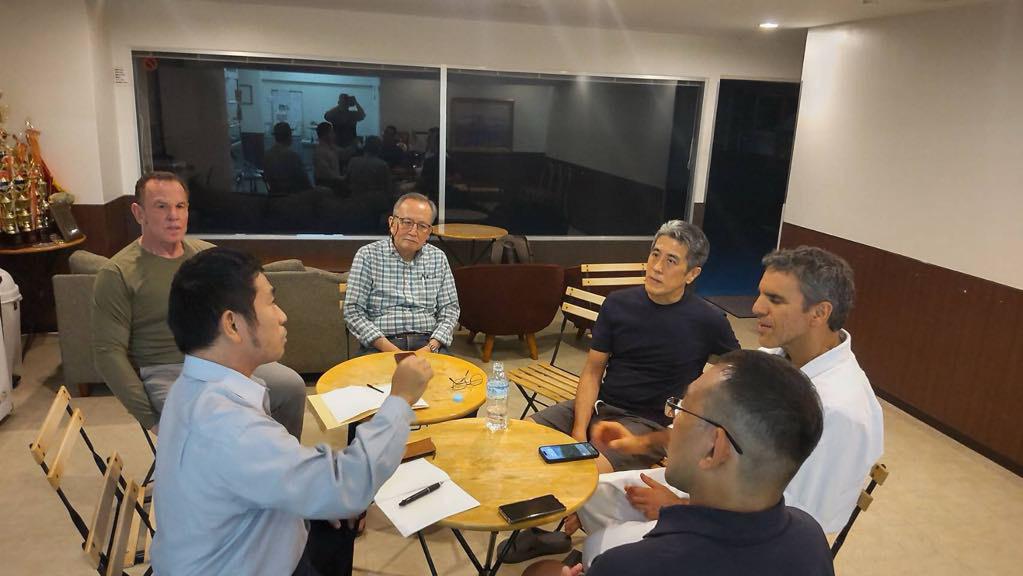The day began at the Aman Hotel, where Pedro and Ted enjoyed a breakfast with a taste from home—banana smoothies with apple juice and fresh cream cheese.
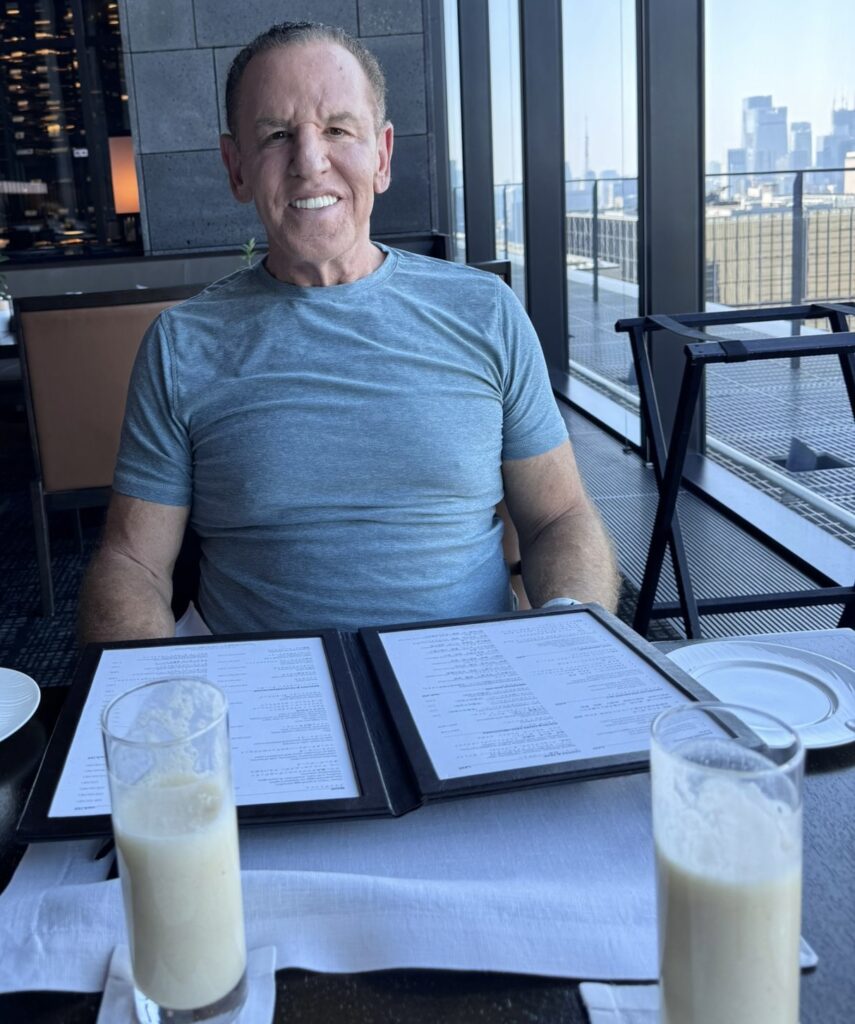
Afterward, they met with Mr. Yasu, a prominent writer and researcher, to discuss the history of jujutsu. Yasu shared valuable insights into how jujutsu was practiced historically, and the conversation continued at a nearby restaurant known for its unagi, or Japanese eel.
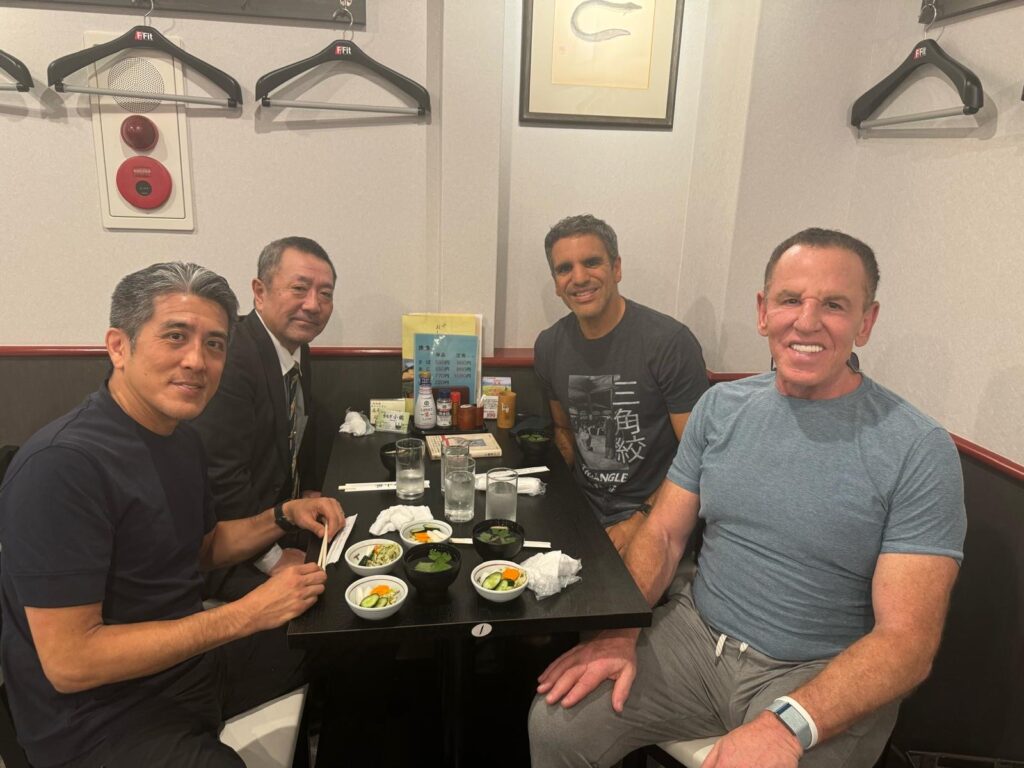
Following lunch, Pedro and Ted visited the Meiji Shrine, a peaceful park in the heart of Tokyo that reminded them of Central Park in New York. While exploring the park, Pedro noticed a large banner displaying the numbers “753.” Curious, he asked their guide about its meaning. She explained that “753” refers to a traditional celebration for children in Japan, where boys at the ages of three and five, and girls at the ages of three and seven, participate in special ceremonies. Pedro found it fascinating that these ages aligned with the 753 Code developed by the Valente Brothers, highlighting a meaningful connection with Japanese culture.
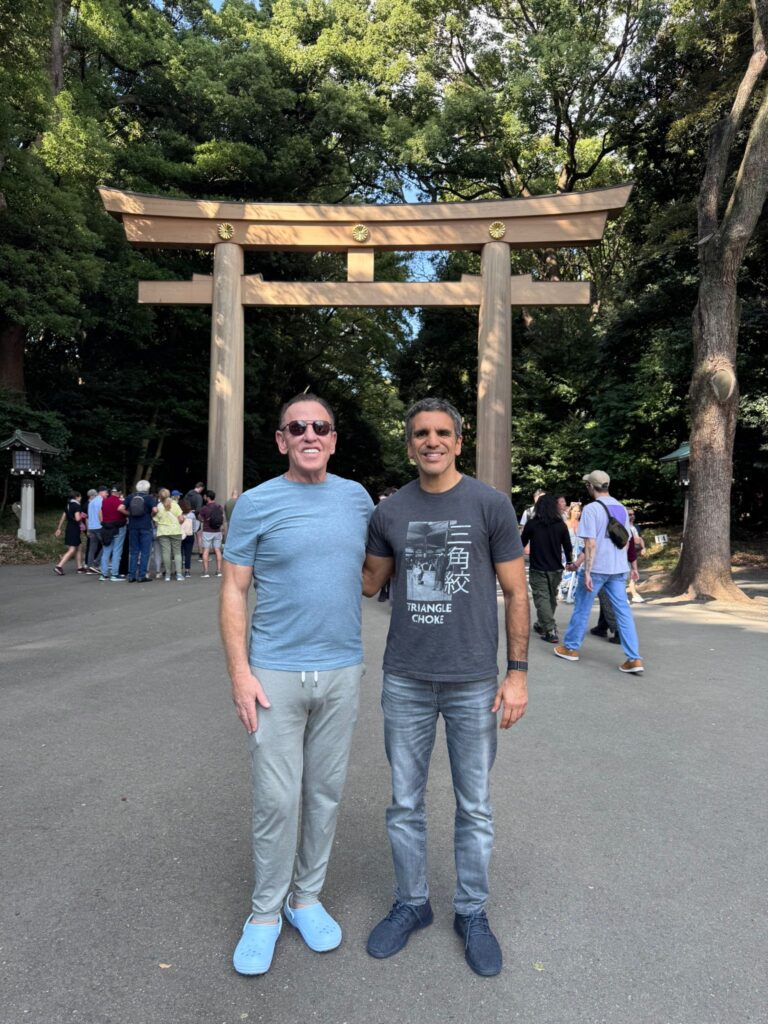
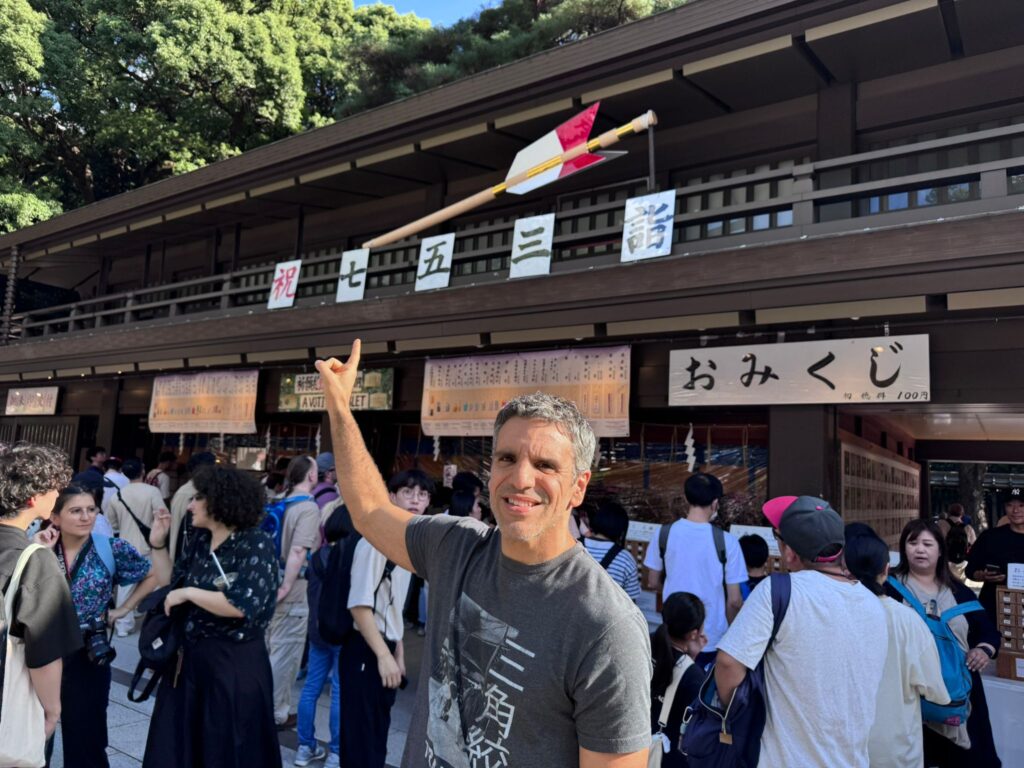
After their visit to the shrine, Pedro and Ted returned to the hotel to prepare for the evening seminar at Axis Jiu-Jitsu Academy, run by Sensei Takamasa Watanabe, a longtime friend of the Valente Brothers. The seminar had an impressive turnout, with a large group of respectful and motivated students. Pedro taught the Five Elements of Jujutsu as a complete fighting system, focusing on striking, throws, grappling, and philosophy.
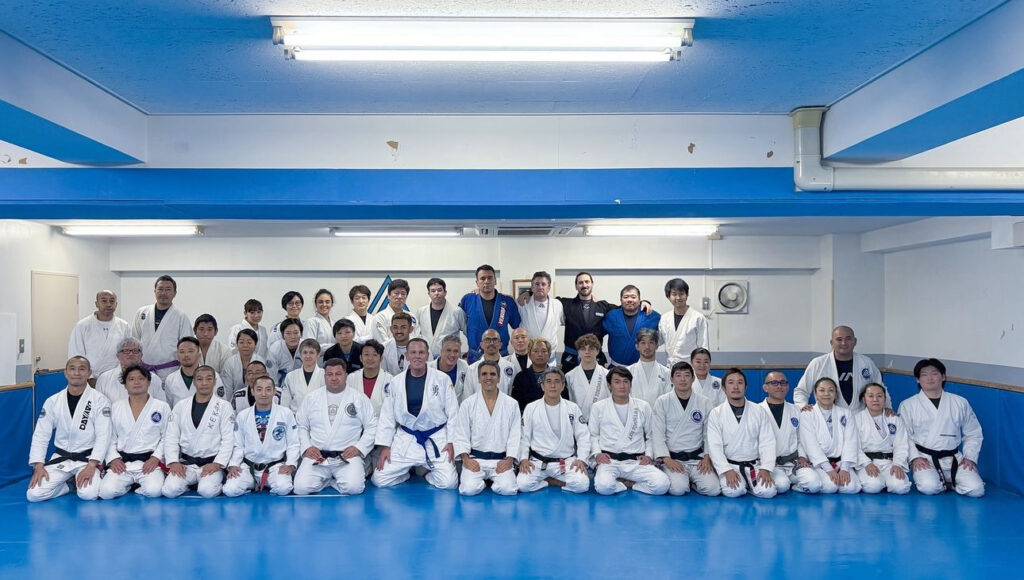
Following the seminar, a roundtable discussion took place with several experts, including Tetsuya Nakajima, a Ph.D. in anthropology and a professor of martial arts history, Teruyuki Okuda, a key researcher in the history of jujutsu in both Japan and Brazil and Yoshifumi Hishida, Ph.D. Also in attendance was Goko Hosokawa, the author of a book on Mataemon Tanabe. The discussion, organized by Gustavo Goulart, from São Paulo, Brazil, and Takamasa Watanabe, covered various aspects of jujutsu’s history and its evolution. During the conversation, Pedro shared rare footage of private training sessions with Grandmaster Helio Gracie, which had only been seen by a few individuals. Before they parted, Mr. Okuda presented Pedro with a book written by Kashiwazaki, a gesture Pedro greatly appreciated.
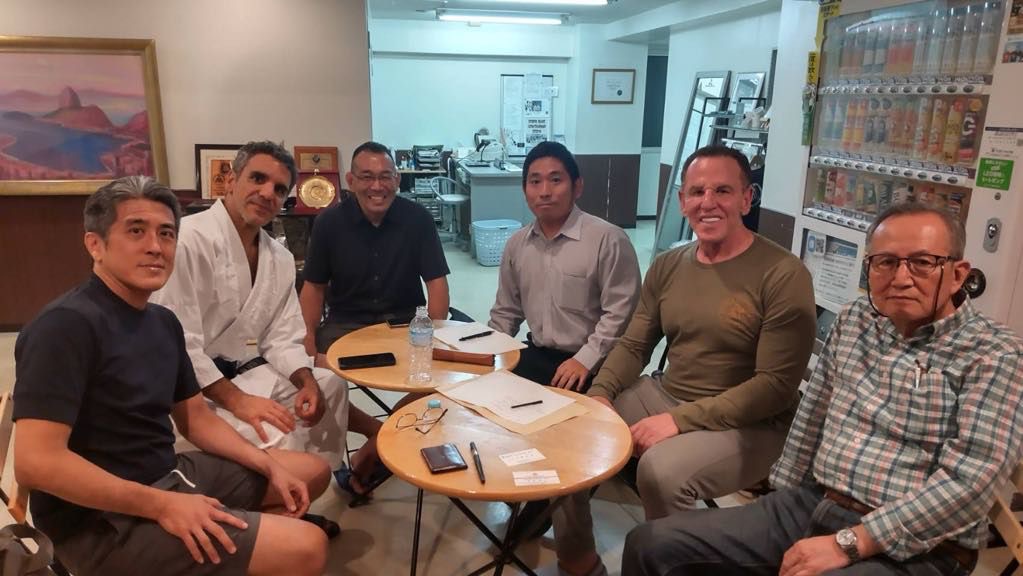
The roundtable conversation extended late into the night, concluding around 11:30 p.m. It was a highly productive day, deepening both Pedro and Ted’s understanding of jujutsu’s powerful history.
